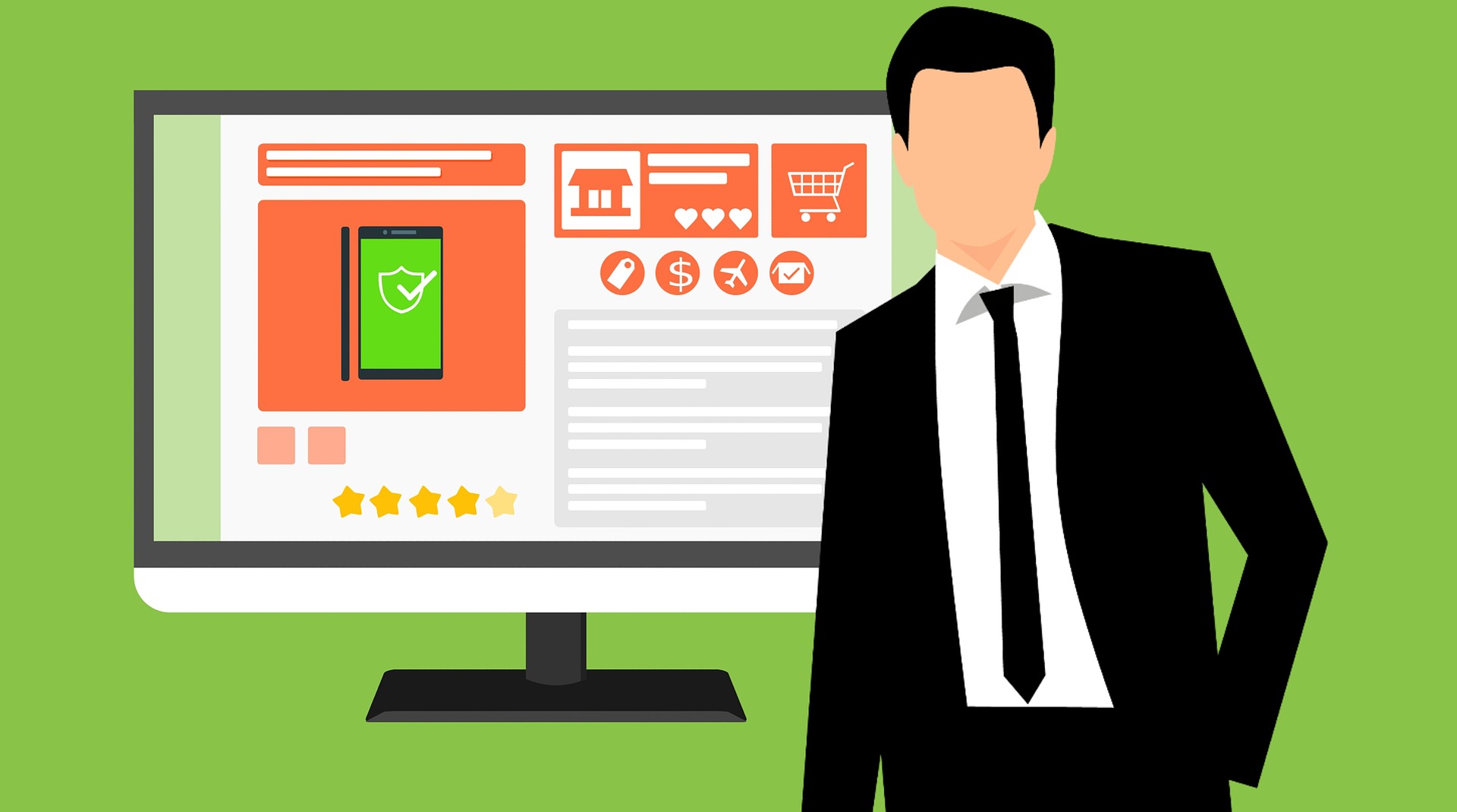Social Media for Small Businesses
Social media has become an integral part of our day-to-day lives. Businesses of all size and shapes have started making the most of available mediums.
 Today we will try to anatomize tips on social media for small businesses. There are a plethora of small businesses eyeing social medium to promote their business/services. However, majorly these small businesses are failing or not being able to make optimum use of social media for their business growth. There are many theories and strategies on how to effectively use social media for established brands, but the topic social media for small businesses is seldom addressed. According to Digital state of eMarketing India 2017 Octane Research:
Today we will try to anatomize tips on social media for small businesses. There are a plethora of small businesses eyeing social medium to promote their business/services. However, majorly these small businesses are failing or not being able to make optimum use of social media for their business growth. There are many theories and strategies on how to effectively use social media for established brands, but the topic social media for small businesses is seldom addressed. According to Digital state of eMarketing India 2017 Octane Research:
- 60% small businesses promote their business on social media. 50% focus on SEO and 35% use multichannel marketing funnel.
- 70% small businesses consider content strategy as their primary marketing activity.
- 52% business owners are using social media as to efficiently address customer engagement.
- More than 20% of business owners said that they are making 50% plus profit using social media.
The primary reasons for the low turnout are uncertainty on an application of social media, calculating return on investment and persuade employees/stakeholders to clinch social media. Hence it is important to address the elephant in the room and analyze how beneficial is Social media for small businesses.
Social media for small businesses is a great way for emerging businesses to generate lead and build a reputation. If regularly updated, social media can deliver more results as compared to traditional mediums. Social media for small businesses gives brands an edge of control over the content that they want to post. Also, since social media is a two-way dialogue process, it helps businesses to instantly identify what is benefiting them. Social media for small businesses also helps generate Word of Mouth, which is one of the best tools for emerging businesses.
10 Tips to effectively use Social Media for Small Businesses
Define your Target Audience
The first and foremost important part that small businesses should focus on is to define their target audience. This helps small businesses to device their social media strategy accordingly. The target audience should be defined basis age group, sex, location, users’ online behaviors, their likes, interests, and preferences. For niche products, business owners can even target users based on their birthdays, anniversaries and important milestone. Audience targeting plays a very crucial role in the outcome of the results. For e.g.: a local shop selling footwear should not target users with interest in entertainment. The shop definitely won’t get the desired results.
Set achievable goals
Overnight success is a myth. Small businesses must understand this basic fact. Generally, when a new business starts selling on social media, there is palpable excitement is achieving more than set targeted sales. Businesses need to set goals which are upwards and forward. To achieve enormous goals, small businesses start updating social feed with multiple updates in shorter duration. This leads to user’s disinterest in the product/service. The set goals should be in sync with brand’s core capabilities and expertise. For e.g.: if a business is into selling shoes, they shouldn’t set a goal to repair maximum shoes in their area.
Choose the right medium
By now everyone knows, social media is for free. Even paid campaigns can be conducted at a relatively low cost as compared to traditional mediums. It is in this scenario, that we often see small businesses jumping the bandwagon and creating profiles on all the available platforms. Creating social profile doesn’t hamper brand image, but aggressively promoting a brand on wrong platforms can lead to brand losing its potential customers. Hence it is advisable for SME’s to first identify the right platform through which they can maximize their business. For e.g.: If a shoe selling brand tries to aggressively sell on LinkedIn, they won’t get a plausible response as compared to promotions on Facebook/Instagram.
Promote your core product/services
Since each and every business is riding in the social media wave, it is important for a them to promote their core product/services. Nowadays, we see a lot of businesses promoting their services as well as promoting peripheral products/services, which revolves around their core product/services. Majority of the times, this SME’s doesn’t have capabilities to fulfill a requirement, which can lead to a bad word of mouth for their business on social media platforms. Let us go back to our example; if a shoe seller is trying to aggressively promote socks instead of shoes, it is not going to benefit the business in the long run.
Create quality content
Now that we have covered the topics of identifying the target audience, setting achievable goals, choosing the right medium and promoting the right product/services let us now take a look at the type of content a business should promote on their social pages. A business should always focus on creating good quality content rather than not-good quantity content. Even if the business updates their page once in a day as long as it is relevant to their business, advocates about its core products send across a clear message it is considered as a good quality content. Antagonistically, if a business posts multiple updates which aren’t even relevant to the business’s products and services leads to users considering the business as fake/spam. Also, new businesses should try and refrain from promoting other businesses on their social platforms initially.
Create a content calendar
Making a small business successful on social platforms is no small task. It takes a lot of efforts for the businesses to keep up their conversion ratio. One such effort is to create a content calendar. Small businesses must anticipate important events and create a content calendar accordingly. Ideally, a content calendar must be planned a month in advance but an even weekly content calendar is highly recommended. This helps businesses to avoid any last minute hassles, strategize much more effectively and it also helps in creating curiosity amongst its loyal fans/customers.
Test and re-test
Social media is highly unpredictable. The content a business posts today, might not work for tomorrow. Hence, small businesses must always test their content before publishing it on their pages. Testing content also applies to the platform a small business chooses to promote. Small business owners must always don the consumer’s hat before posting about any product feature, updates, schemes or offers. A consumer’s perspective is the key when testing the content that has to be uploaded.
Look for inspiration
Small businesses must always look for inspiration from a competitor who is successful in the same category. Copy pasting competitors idea or content is not the answer. Small businesses must look for the kind of content its competitors are putting up and derive their own strategies subsequently. Inspiring content/stories always make a business to strive to create their own content that is appreciated by one and all. It helps in increasing brand consideration, brand visibility thereby increasing conversions for the business.
Calculate ROI
Even a small promotional budget is not justifiable if there is no mechanism to calculate its return on investment. It is more important in case of small businesses. It is very important for a small business to keep a tab on the budgets allocated to any promotions and the subsequent ROI related to it. If a certain promotion is not doing well or the business is not getting desired results, the brand custodian can always look for other platforms to generate quality conversions.
Analyze and Re-strategize
There can be umpteen instances where a particular campaign/promotion might not work for a business. That doesn’t mean that the promotion is wrong or the product/service is not good. Doing an analysis of the campaign is as important as setting the objective. This helps the business to formulate their upcoming strategies in more effective ways. At the end of every campaign, brands must note down the learning’s from that campaign and identify if the content/idea was appreciated by their fans or not. This helps businesses to skip the non-performing updates from future communications.
Final Thoughts
Social media for small businesses is definitely beneficial and fruitful. If followed correctly, small businesses can benefit tremendously from the power of social media promotions. To get started, call us today at (866) 945-4678.
Disclaimer: This article is written by Shashank Dhadiwal. Article Source: EzineArticles.com





